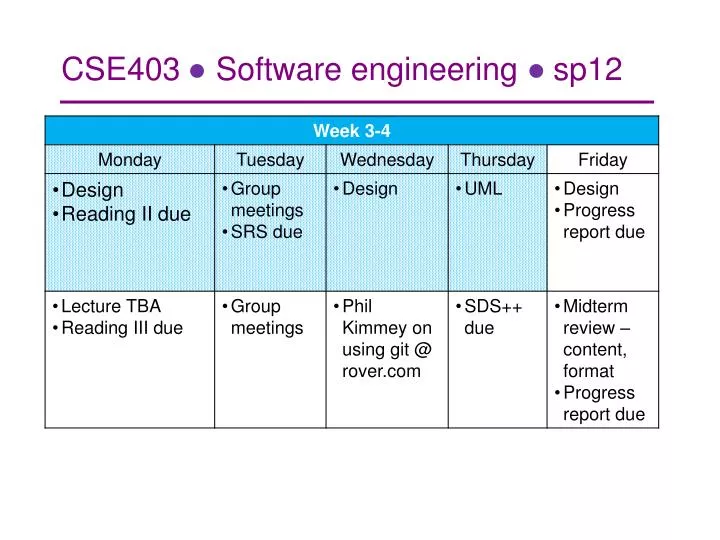

Lack of boundaries, to ensure loose coupling, creates codebases with low cohesion and high viscosity, termed “ball of mud” codebases that are hard to change. Typically I tend to use objects with public fields in Java, data classes in Kotlin, and hash maps in non-statically typed languages. In object-oriented languages like Java, it is possible to use objects as data structures so long as they do not house any behaviour. When an area of the system communicates using simple data structures only, I call this a boundary. The strongest form of decoupling exists when communication occurs using simple data structures only. Passing instability along a chain of dependencies spreads instability throughout application code, resulting in more viscous code. When tight coupling is badĮxposing unstable dependencies illustrates the problem with tight coupling. An ideal number is one or two dependents, but this is not a hard rule.ĭepending on an unstable class in only a small surface area of the codebase allows the impact of changing it to be small. When a dependency’s purpose is for specific functionality, and we are considering whether to tightly couple to it, care should be taken to ensure that the dependency has few dependents (it is child-like). Tightly coupling to specific functionality is useful when a class provides useful behaviour in a very specific domain. To be tightly coupled to it is okay for this reason. As such, it needs to be very stable and unlikely to change. We can refer to this library as being very adult, as it has many dependants. When we do not care about loose coupling is usually when a class provides very generic functionality or very specific functionality.Ī good example of generic functionality is the Array standard library. Due to this increased complexity, avoiding mocking is good unless we need to take advantage of class composition. Not everything needs to be dependency injected or mocked!Ī consideration of using test doubles is that it creates a test setup overhead. To discover why it is not always beneficial for areas of a system to be loosely coupled, we first must examine the “gold plated” architecture. Remember: code-churn introduces defects ergo, reducing code-churn reduces the introduction of defects.
Software cohesion software#
Systems can be highly cohesive when they are loosely coupled, but it is a simplistic assumption to assume that loosely coupling everything has desirable outcomes.Įxtreme Programming (XP) practitioners are aware of the practice of Simple Design amongst other things, minimising the number of moving parts is highly critical when building a software solution.Īn outcome of having high cohesion and appropriate loose coupling is that it reduces class/method/file/library churn. Fragmentation is one of many sources of friction, others include lack of knowledge or experience in a particular paradigm. Fragmentation does not result in viscosity specifically, but it can make it hard to build a mental map of the application, especially in languages that do not have static types.įragmentation leads to friction, which is a feeling of lack of productivity that programmers get from a codebase as they attempt to make changes to it.

Software cohesion series#
To qualify this statement, evolving an application’s architecture, through a series of small refactorings, while keeping tests passing, is a form of design preserving activity.Īnother problem to contend with is unnecessary fragmentation of the code-base.

Software cohesion code#
Conversely, low cohesion occurs when elements of the code do not belong together and currently are.Ī code-base is said to be viscous when it is quicker to add a hack than to preserve the existing design.

Cohesion refers to the grouping of code in a software system.Ĭode is highly cohesive when the code contained within functions, methods, classes, or modules has much in common. One of the most important goals of a software engineer is to craft highly cohesive code.


 0 kommentar(er)
0 kommentar(er)
